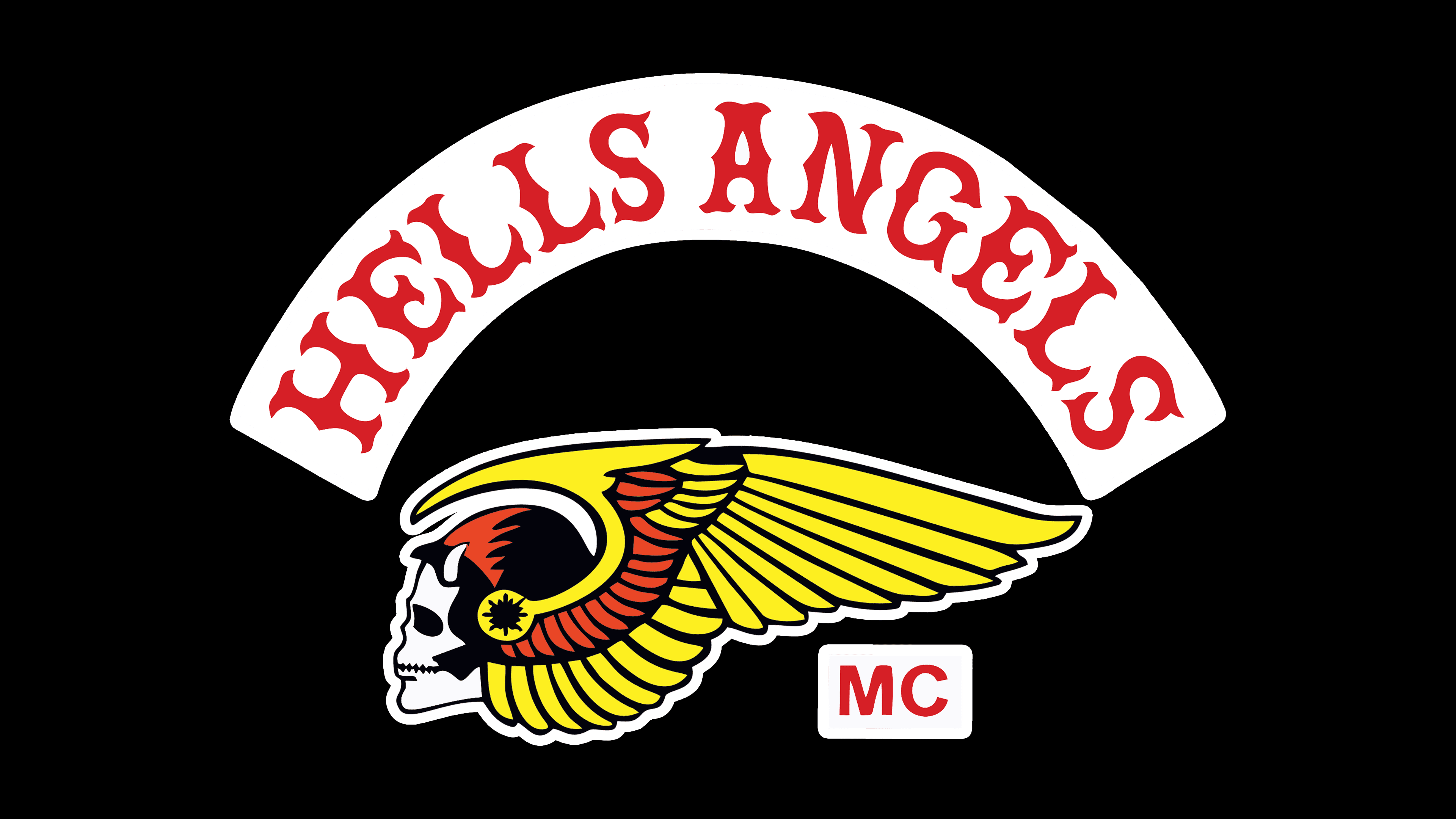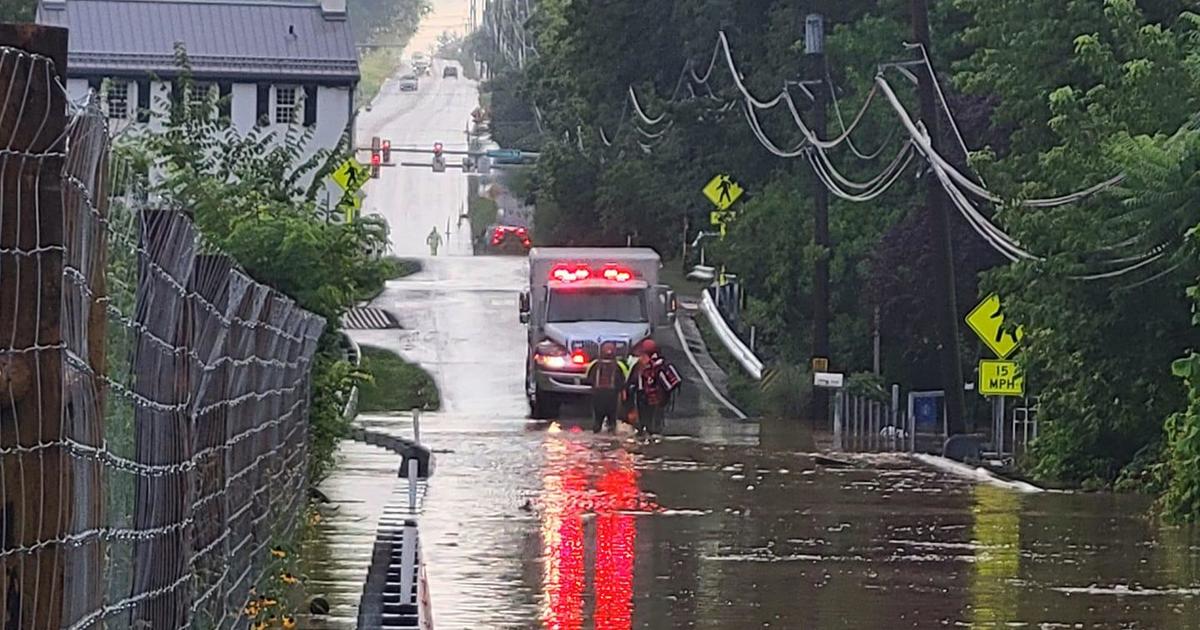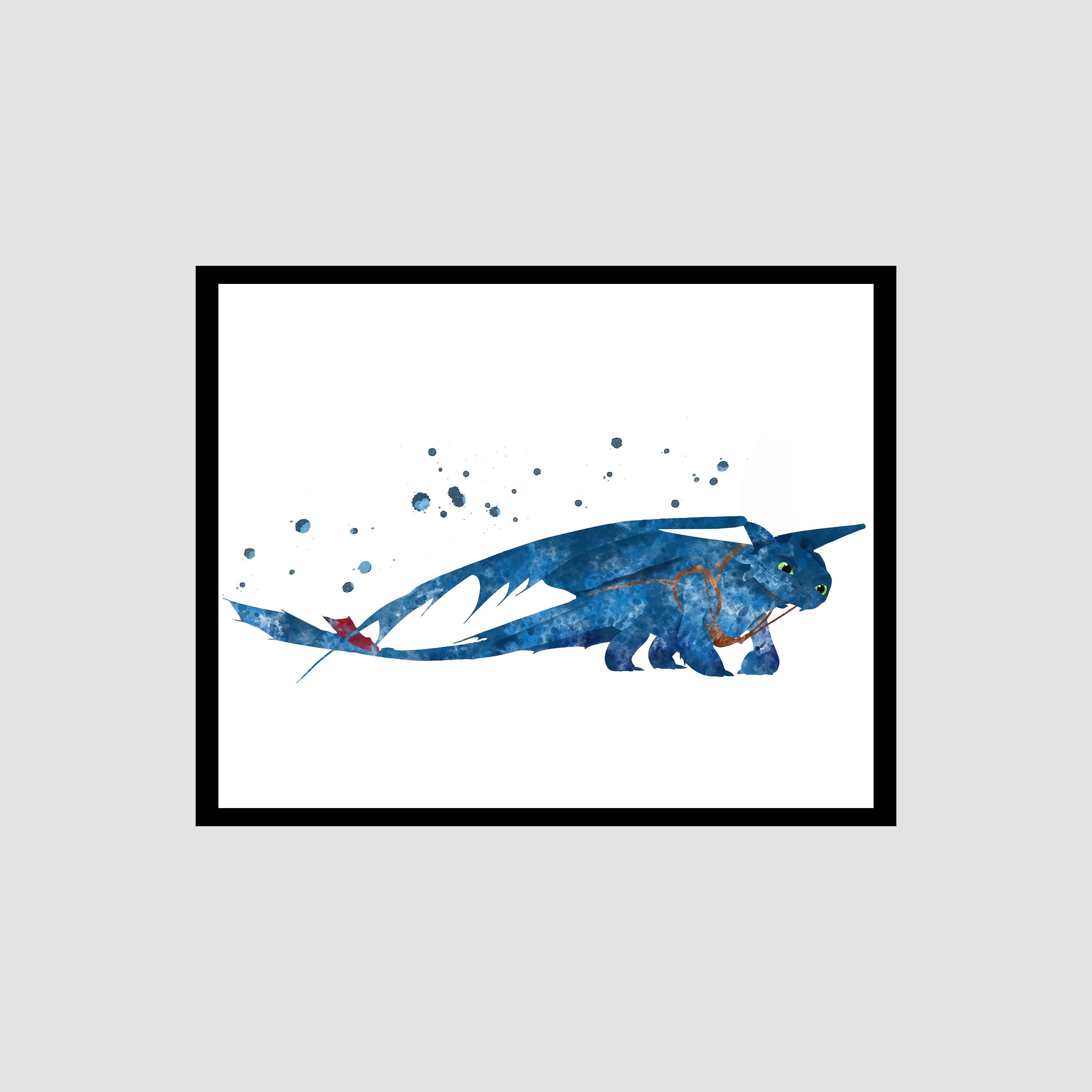Hells Angels: Myths And Realities

Table of Contents
The History of the Hells Angels: From Post-War to Global Presence
The Hells Angels' history is deeply intertwined with post-World War II American society. Their origins trace back to 1948 in Fontana, California, a time of significant social and economic upheaval. This biker gang's formation reflected a post-war restlessness, a yearning for rebellion against societal norms, and a fascination with the freedom of the open road.
- Origins in post-World War II California: Many early members were veterans, bringing with them a sense of camaraderie and a shared experience of conflict. This shared background contributed to the strong sense of brotherhood that characterizes the club's culture.
- Early years and the establishment of club structure: The initial structure was loose, but over time, a hierarchical system emerged, establishing clear roles and responsibilities within the club. This organization proved crucial for their expansion and longevity.
- Expansion across the United States and internationally: From their California roots, the Hells Angels expanded rapidly across the United States and eventually established chapters globally. This growth was fueled by a combination of factors, including the allure of their rebellious image and the strong sense of belonging offered within the club's ranks.
- Key events and milestones in their history: Several key events, both legal battles and internal conflicts, have shaped the Hells Angels' trajectory. These events have played a significant role in defining their public image and shaping their internal dynamics.
- The evolution of their image and public perception: The Hells Angels' image has evolved over time, from a relatively localized group of motorcycle enthusiasts to a globally recognized, and often feared, outlaw motorcycle gang. This evolution is intricately linked to their alleged criminal activities and their portrayal in popular culture.
The Hells Angels' Organizational Structure: Hierarchy and Membership
The Hells Angels Motorcycle Club operates with a strict hierarchical structure. Understanding this organizational framework is key to comprehending their actions and longevity.
- The hierarchical structure of the club (President, Vice President, etc.): A rigid hierarchy ensures efficient decision-making and control within the vast network of chapters. This structure is crucial for maintaining order and discipline.
- The process of becoming a member (prospect, hangaround, etc.): Becoming a full-fledged member involves a rigorous process, often involving a lengthy probationary period. This process ensures loyalty and commitment to the club's rules and ideals.
- The significance of patches and club colors: Patches, or "colors," are highly significant symbols of membership, representing their status within the organization. They represent identity, pride, and belonging.
- Internal rules and regulations: The Hells Angels maintain a strict code of conduct and internal rules, which vary somewhat between chapters but generally emphasize loyalty, brotherhood, and adherence to club directives. These rules help maintain discipline and cohesion.
- The role of chapters and their autonomy: While operating under the umbrella of the larger organization, individual chapters often maintain a degree of autonomy in their day-to-day operations. This decentralized structure allows for adaptability and reduces vulnerability to law enforcement actions.
Hells Angels and Criminal Activity: Separating Allegations from Proven Facts
The Hells Angels have long been associated with various criminal activities. However, it's crucial to differentiate between allegations, indictments, and proven convictions.
- Allegations of involvement in various criminal activities: These allegations consistently include drug trafficking, violence, extortion, and racketeering. These accusations have significantly shaped their public image.
- High-profile cases and legal battles: Several high-profile cases have highlighted the club's alleged involvement in criminal activities. These legal battles have been instrumental in shaping the public's perception of the Hells Angels.
- The complexities of investigating and prosecuting organized crime: Investigating and prosecuting organized crime groups like the Hells Angels is exceptionally complex, demanding extensive resources and meticulous evidence gathering. Secrecy and a strong code of silence create obstacles for law enforcement.
- The distinction between individual members' actions and the club's collective responsibility: It’s important to distinguish between the actions of individual members and the collective responsibility of the entire organization. Attributing criminal activities solely to the club as a whole is often difficult to prove legally.
- The impact of law enforcement efforts on the club: Law enforcement efforts have had a significant impact on the club, leading to arrests, seizures of assets, and disruption of their operations, but the Hells Angels have proven resilient.
The Hells Angels in Popular Culture: Myths and Stereotypes
The Hells Angels have been a frequent subject in popular culture, often portrayed in a highly stereotypical manner.
- The portrayal of the Hells Angels in film and television: Movies and television shows have often depicted the Hells Angels as violent criminals, reinforcing negative stereotypes. This portrayal greatly influences public perception.
- Their association with rock and roll music: The club's association with rock and roll music has contributed to their mystique and rebellious image, albeit often through a heavily romanticized lens.
- The perpetuation of myths and stereotypes in popular culture: Media often perpetuates myths and stereotypes, contributing to a skewed public understanding of the organization.
- The impact of media representation on public perception: The media's representation profoundly shapes public perception, often overshadowing more nuanced understandings.
- How the club has attempted to control its image: The Hells Angels have, at times, attempted to control their public image through carefully curated appearances and public relations efforts, with varying degrees of success.
Conclusion
The Hells Angels Motorcycle Club remains a complex and controversial organization. While their history and alleged criminal activities are well-documented, it's crucial to separate fact from fiction and avoid perpetuating harmful stereotypes. Understanding their structure, history, and the ongoing debates surrounding their activities provides a more nuanced perspective on this influential, and often misunderstood, group.
Want to learn more about the fascinating and often conflicting realities of the Hells Angels? Continue exploring resources that offer balanced perspectives on this iconic, yet controversial, motorcycle club. Further research into the Hells Angels will reveal a more complete picture beyond the myths.

Featured Posts
-
 T Bird Girls Win Home Invite With Relay Sweep
May 26, 2025
T Bird Girls Win Home Invite With Relay Sweep
May 26, 2025 -
 Southeast Pa Residents Urged To Prepare For Coastal Flooding Wednesday
May 26, 2025
Southeast Pa Residents Urged To Prepare For Coastal Flooding Wednesday
May 26, 2025 -
 New How To Train Your Dragon Poster Shows Toothless And Red Death Size Difference
May 26, 2025
New How To Train Your Dragon Poster Shows Toothless And Red Death Size Difference
May 26, 2025 -
 A Deep Dive Into Monacos Corruption Scandal The Prince And His Wealth Manager
May 26, 2025
A Deep Dive Into Monacos Corruption Scandal The Prince And His Wealth Manager
May 26, 2025 -
 All Star Weekend A Look At The Casting Decisions And Their Impact
May 26, 2025
All Star Weekend A Look At The Casting Decisions And Their Impact
May 26, 2025
